Do Katim Coffee beans belong to Arabica? are the characteristics of Yunnan Katim coffee varieties delicious?
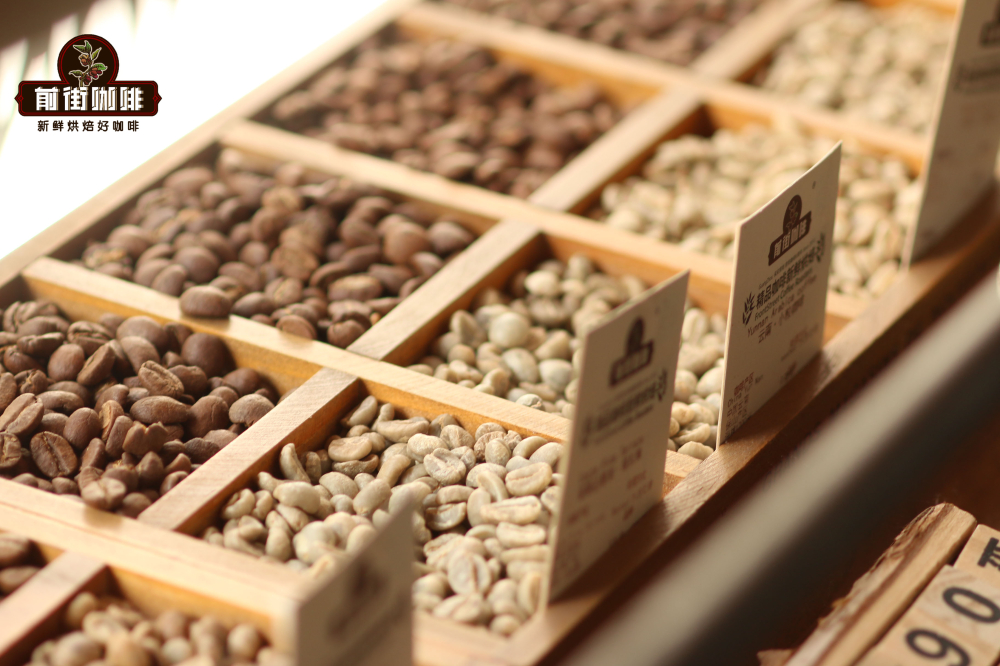
We all know that Arabica coffee has a good aroma and sour taste, so many coffee sellers will emphasize that Arabica beans are chosen. Whether the Katim varieties that have appeared frequently in recent years belong to Arabica varieties, let's talk about the origin of Katim at the bottom of the front street.
Arabica Arabica
Among the three largest coffee varieties in the world, Arabica belongs to small fruit coffee, accounting for more than 70% of the world's total output. In terms of caffeine content, Arabica has the lowest caffeine content, between 0.9% and 1-2%, which is half that of Robsta (Robusta coffee beans have a caffeine content of 2% and 4%). As Arabica is rich in fat and sugar, it has a soft aroma, sweet and sour taste, and is loved by more coffee lovers.
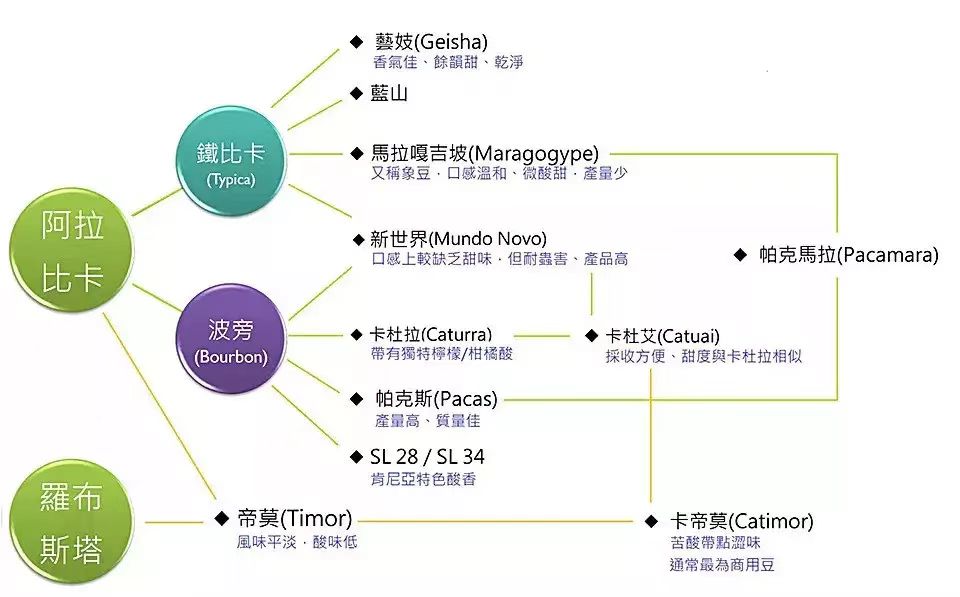
Arabica is suitable for planting on sloping slopes at high altitude. it generally grows luxuriantly at 1800 meters, requiring special microclimatic conditions. the annual average temperature is about 20 degrees Celsius, distributed near the equator and between the Tropic of Cancer. Arabica coffee is relatively weak in insect resistance and disease resistance, so the yield is relatively low, and the higher the altitude is, the better the flavor is, so the planting of Arabica coffee will cost more than other varieties, and the price of coffee is higher.
Our common Arabica varieties are Ethiopian native species, ancient native varieties Tippika, Bourbon, Kaddura, Pacas, Kaduai, New World, Elephant beans and so on.
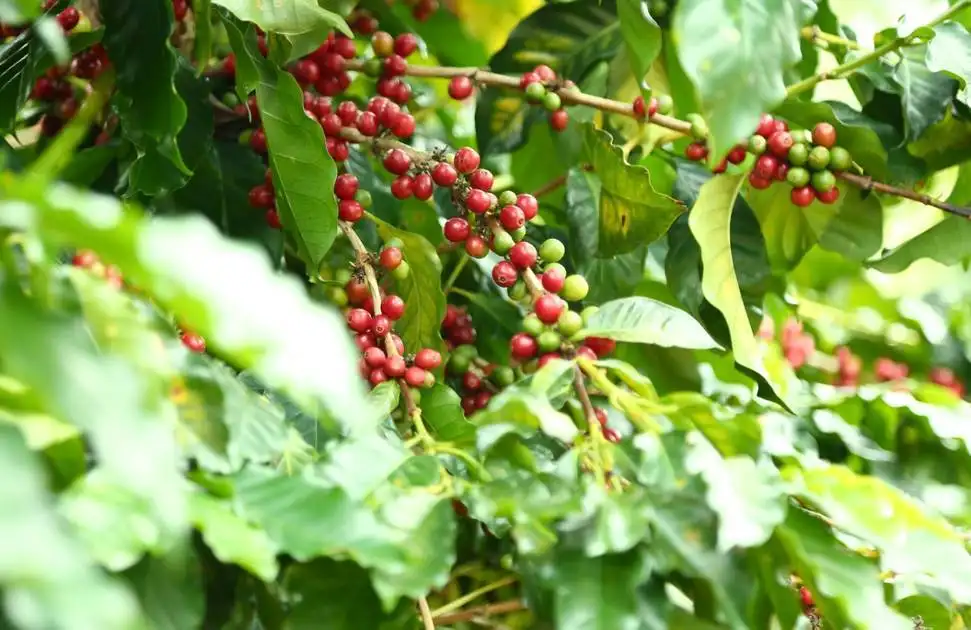
Katim Catimor
In 1959, the Portuguese mixed Brazil's Kaddura and Timo to produce a disease-resistant Katim. Kaddura Caturra is a natural variety of Arabica variety bourbon bourbon. It was discovered by Brazilians in 1937 and inherited Bourbon's pedigree, so its resistance is relatively weak, but its yield is higher than that of bourbon. Kaddura at high altitude has bright acidity and pure aroma. Timo Timor, a natural interspecific hybrid between Arabica and Robusta, was found in Timor, Indonesia in the 1940s. It has strong tolerance to leaf rust and high yield. As a result, future generations of Katim also inherited super disease resistance and super production capacity.

Between 1970 and 1990, leaf rust affected coffee producing countries around the world. With the help of international organizations, various producing countries vigorously promoted Kadim to fight leaf rust and increase production capacity. This highly resistant plant is resistant to coffee leaf rust and was widely planted in Central and South America in the 1980s. However, because Timo is the product of a natural cross between Arabica and Robusta, although the latter can give it disease resistance, the delicate taste of Arabica has disappeared, but Katim inherits the advantages of Robusta's strong disease resistance. it also inherited the gene with poor flavor, in addition, although the early Katim had a large production capacity, it needed shade trees to wait on it, otherwise it was easy to wither.
Katim, Yunnan
In the 1970s and 1980s, international organizations vigorously promoted the cultivation of Katim varieties to countries because of the impact of leaf rust on coffee cultivation all over the world.
In 1988, Nestl é set up a joint venture in Yunnan, China, with the aim of launching a coffee planting project and starting a coffee trial in Pu'er, Yunnan. Since 1992, Nestl é has established the Ministry of Coffee Agriculture, which specializes in the cultivation and improvement of coffee in Yunnan, guides the planting of local farmers, and introduces Katim, who has strong disease resistance. In addition, Nestl é also promised to buy coffee produced at the price of the spot market in the United States, which has greatly promoted the development of the coffee industry in Yunnan.

As mentioned above, Katim is not pure Arabica, with 25% Robusta blood, which also affects his flavor performance, lack of aroma, obvious bitterness, prone to negative astringency and irritating mildew. When planting at low altitude, Katim's cup test performance has no obvious advantages and disadvantages compared with other commercial varieties, planting above 1200 meters above sea level, because the Katim varieties have shorter harvest time and accumulate less nutrients than the traditional Arabica varieties, so the flavor in the cup is obviously inferior to the bourbon varieties, Kaddura and Kaduai.
In order to improve the negative problem of Katim coffee flavor, Yunnan has continuously improved and optimized the planting management and the processing technology of raw coffee beans. In recent years, Katim, which produces boutique batches in Yunnan, has also performed well in the international coffee market. The aroma of nuts, black tea and sweet and sour plums have won the favor of some coffee people. Yunnan, as the representative of coffee producing areas in China, Qianjie also added Yunnan Katim to the 7 food rations and beans in the producing areas, so that everyone can taste the flavor of Katim at a low price.
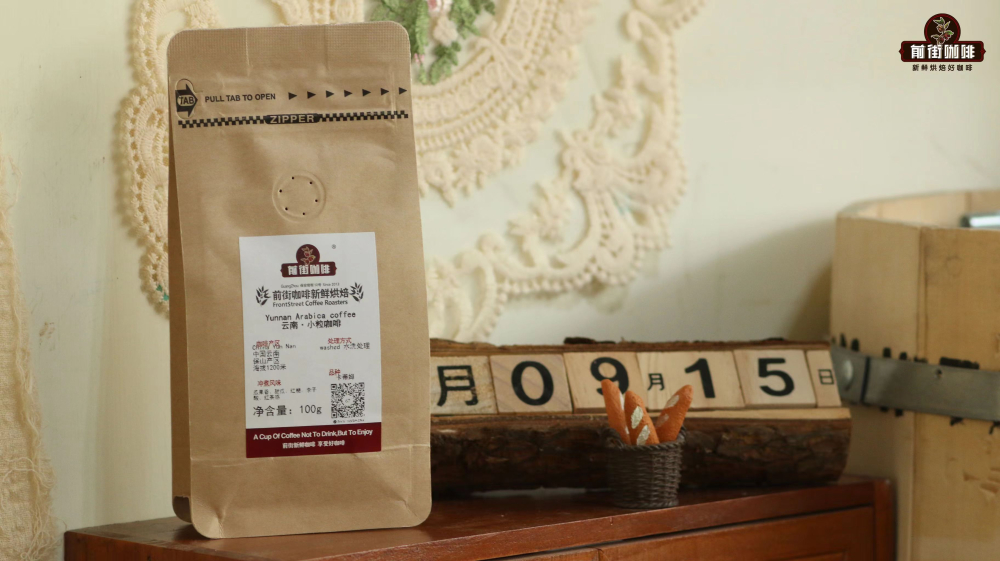
Qianjie Coffee: Yunnan Coffee beans
Producing area: Baoshan, China
Altitude: 1200 m
Treatment: washing
Variety: Katim
Flavor: nuts, melon and fruit, brown sugar, plum acid
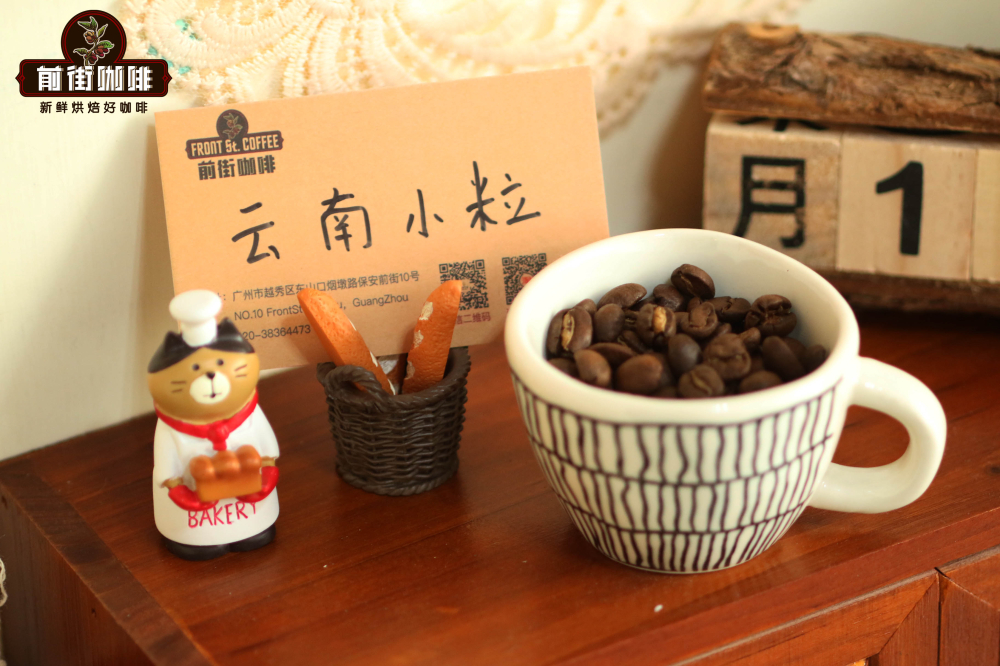
Cooking flavor
Brewing, Qianjie will use freshly roasted Yunnan small grains of coffee, because the coffee after roasting after 4-7 days of bean cultivation period, will enter a best taste period, after this period the aroma of coffee will accelerate volatilization, flavor taste will be greatly reduced. Qianjie is well aware of the importance of the freshness of coffee, so the coffee beans shipped are freshly roasted within 5 days, and guests can brew and taste them just when the flavor is best.
Qianjie believes that the flavor of Yunnan small-grain coffee should be balanced, that is, it should not be too sour and bitter. Therefore, the use of V60 filter cup, with medium-fine grinding degree and not too high water temperature for cooking.
Filter cup: V60
Water temperature: 90 degrees Celsius
Grinding degree: the screening rate of No. 20 standard screen is 80%.
Ratio of powder to water: 1:15
Amount of powder: 15g

With three-stage extraction, grind the coffee and pour it into the filter paper, pour 30g water into the center and steam for 30 seconds, pay attention to the smooth circle of the small flow from the inside to the outside, inject 95g water in the second stage, and start injecting 100g in the third stage when the coffee liquid is almost finished. take the filter cup until all the coffee has been filtered. The time is about 2 minutes, with an error of about 10 seconds.
Small Katim Coffee has dry aromas of nuts and berries. you can taste the sweetness of nuts, herbs, chocolate and brown sugar, balanced acidity of plums and a hint of acidity in the finish.
Professional coffee knowledge exchange more coffee bean information please follow the coffee workshop (Wechat official account cafe_style)
For more boutique coffee beans, please add private Qianjie coffee on Wechat. WeChat account: qjcoffeex
Important Notice :
前街咖啡 FrontStreet Coffee has moved to new addredd:
FrontStreet Coffee Address: 315,Donghua East Road,GuangZhou
Tel:020 38364473
- Prev

Is Katim the truth hidden by Arabica or Robusta Katim and Arabica?
Professional coffee knowledge exchange more coffee bean information please follow the coffee workshop (Wechat official account cafe_style) Qianjie-Yunnan Coffee introduction Coffee Tree is a flowering plant of the coffee genus Rubiaceae, with a figure ranging from small shrubs to 18-meter-tall trees. Wild coffee species grow irregularly in the tropics, and new species are still being discovered.
- Next

Yunnan small grain caffeic acid is not good Yunnan small grain coffee what taste good to add honey?
Professional coffee knowledge exchange more coffee bean information please follow the coffee workshop (Wechat official account cafe_style) front street-Yunnan Menglian Yi Rong Manor Katim introduction Menglian Dai homonym, meaning to find a good place, the edge of the laudatory name of emerald, dragon blood tree hometown. Menglian County belongs to the subtropical climate type, and the climate changes vertically in Menglian County. There is no severe cold in winter and summer.
Related
- Beginners will see the "Coffee pull flower" guide!
- What is the difference between ice blog purified milk and ordinary milk coffee?
- Why is the Philippines the largest producer of crops in Liberia?
- For coffee extraction, should the fine powder be retained?
- How does extracted espresso fill pressed powder? How much strength does it take to press the powder?
- How to make jasmine cold extract coffee? Is the jasmine + latte good?
- Will this little toy really make the coffee taste better? How does Lily Drip affect coffee extraction?
- Will the action of slapping the filter cup also affect coffee extraction?
- What's the difference between powder-to-water ratio and powder-to-liquid ratio?
- What is the Ethiopian local species? What does it have to do with Heirloom native species?

